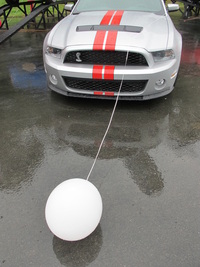 image © Brian E. Faulkner
image © Brian E. Faulkner Today, reports CNBC.com automotive writer Phil LeBeau, (http://www.cnbc.com/id/101445202 ) people are shopping multiple car dealers less often and are arming themselves with online information before showing up with a price already in mind. He cites McKinsey & Company figures that today “the average buyer visits just 1.6 auto dealerships … down from 10 years ago when buyers visited an average of five dealerships.”
Some new car buyers now even look to intermediaries to purchase their car for them – Costco, for example. Jeff Skeen, general manager of Costco’s auto program, claims that car buyers who use their service save about $1,000 vs. trying to get what LeBeau referred to as the “best deal possible” on their own.
To be sure, some car shoppers prefer to kick the tires themselves and enjoy jousting with car salesmen, but they remain a minority. For most buyers, the new car dance is a pain in the seat cushions more akin to having a root canal done than a positive purchasing experience.
But it doesn’t have to be that way. As I have counseled dealer clients over the years, buying a car or getting it serviced or repaired can be an overwhelmingly positive experience instead of the discouragingly negative one people expect. Creating (and communicating) that experience, of course, is the dealer’s responsibility.
Consider this: each dealer principal “owns” a brand, and the care and feeding of that brand should be Job One. Rather than invest precious marketing dollars advertising the car brands they sell (with rare exception) and rather than depend for evermore on price/event advertising, the dealer should present their brand to the marketplace in such a compelling (and truthful) way that people want to do business with them. Dealerships that create belief in their brand, and expect superior performance from the team that breathes life into that brand, can’t help but induce greater trust in the marketplace. The result is people who are sold on that dealership in advance and for whom the “almighty discount” isn’t the sole measure of car buying success.
TakeAway: Sell your brand’s marketable truth. Precondition people to want to do business with you rather than depending on price alone to attract them.

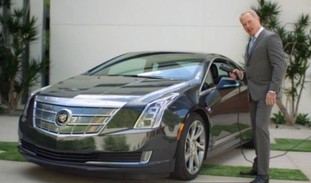

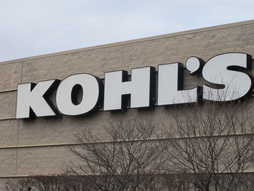
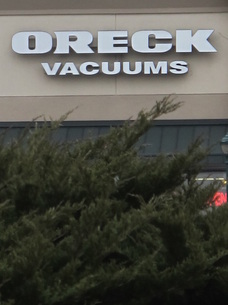
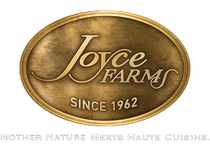


 RSS Feed
RSS Feed